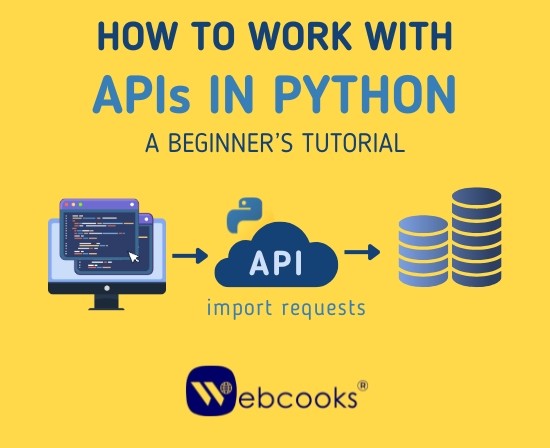In 2025, AI, AR, and VR are changing marketing with more real, interactive, and personalized experiences. From online stores and virtual try-ons to car test drives and mixed-reality tools, brands can now ‘show’ instead of just ‘tell,’ making shopping fun, reliable, and unforgettable for customers.
Consider taking a test drive of a car, exploring a new house, or putting on a pair of sneakers—all without leaving your couch. Today, this is possible thanks to augmented reality (AR), virtual reality (VR), and artificial intelligence (AI). What once felt like science fiction is now transforming the way brands connect with their customers.
Why AR and VR Play an Important Role in Marketing
Digital marketing is evolving rapidly, and AR and VR are no longer futuristic tools—they are now essential to modern brand strategies.
- The global AR/VR industry is expected to grow to $296.9 billion by 2024.
- 71% of consumers say they would purchase more if they could try products using AR.
- Over 32% of marketers currently use AR or VR in their campaigns, and the number is rising steadily.
These technologies allow brands to create fun, interactive, and engaging experiences that go far beyond traditional advertising.
How AR and VR Work Together in Marketing
Augmented Reality (AR)
AR overlays digital images onto the real world, allowing customers to interact with both at the same time.
- IKEA lets users see how furniture looks inside their home.
- L’Oréal and Sephora offer apps where customers can try makeup virtually.
Virtual Reality (VR)
VR goes a step further by immersing customers in a fully digital environment.
- Real estate companies provide virtual home tours.
- Car brands offer virtual test drives.
Together, AR and VR turn static ads into memorable brand experiences.
How AI Enhances AR and VR
AI is the engine that makes AR and VR smarter, faster, and more personalized.
- Smart Experiences: AI personalizes content instantly based on user data such as interests and location.
- Efficient Creation: AI speeds up the process of building virtual spaces, saving brands both time and money.
- Smooth Performance: AI ensures virtual interactions run without lag, improving customer experience.
With AI integration, brands can offer virtual stores, personalized recommendations, and seamless “try before you buy” options.
How AR, VR, and AI Help Brands Build Real Connections
- Better Interaction – Customers actively engage with products rather than passively viewing ads.
- Virtual Try Before You Buy – From clothes and makeup to furniture and cars, customers can test products from home, reducing return rates by up to 40%.
- Memorable Brand Bond – Virtual storytelling and immersive experiences make brands unforgettable.
- Higher Confidence in Buying – 3D product interaction builds trust and boosts conversions.
- Cost Efficiency – AR ads deliver 3x the impact at 60% less cost compared to traditional ads.
- Global Reach – VR enables global audiences to attend events and explore showrooms remotely.
- Game-Like Campaigns – Ads become fun, interactive challenges that customers enjoy.
- Social Media AR Filters – Playful Instagram and Snapchat filters encourage user-generated engagement.
Real-Life Examples of AR, VR, and AI in Action
- IKEA Place App – Try furniture in your own home before buying.
- Nike – Interactive in-store AR experiences with VR storytelling of product creation.
- Warby Parker & Lenskart – Virtual try-on for eyewear directly through your phone.
- L’Oréal & Sephora – Virtual makeup testing for a personalized shopping experience.
- BMW & WatchBox – Try different car colors or watch designs with AR at home.
- FaceCake – A virtual wardrobe for trying clothes and jewelry with AI styling tips.
- Apple – Place Macs and iPhones in your space using AR for better visualization.
- TOMS – VR storytelling that connects purchases with social causes.
- Pepsi – VR campaigns that let customers experience thrilling adventures.
How AR and VR Enhance Storytelling
Storytelling has always been vital in marketing. With AR and VR, it evolves into immersive and interactive narratives.
- From Watching to Experiencing – Customers step into virtual showrooms instead of just seeing ads.
- Interactive and Personal – Trying products virtually creates an emotional connection.
- Simplifying Complex Ideas – Visual experiences make explanations clearer.
- Shareable Fun – AR social filters encourage content sharing.
- Engaging Imagination – Customers become participants in the brand’s story.
The Future of Digital Marketing with AI, AR, and VR
Looking ahead, AI-powered AR and VR will continue to reshape digital marketing:
- Personalized shopping journeys with real-time recommendations.
- Seamless virtual try-ons for clothes, glasses, cars, and furniture.
- Virtual events, stores, and experiences powered by 5G networks and smart AR-VR wearables.
- Interactive ads that feel more like entertainment than promotion.
Brands that embrace these technologies today will stand out as innovative, customer-centric, and future-ready.

















